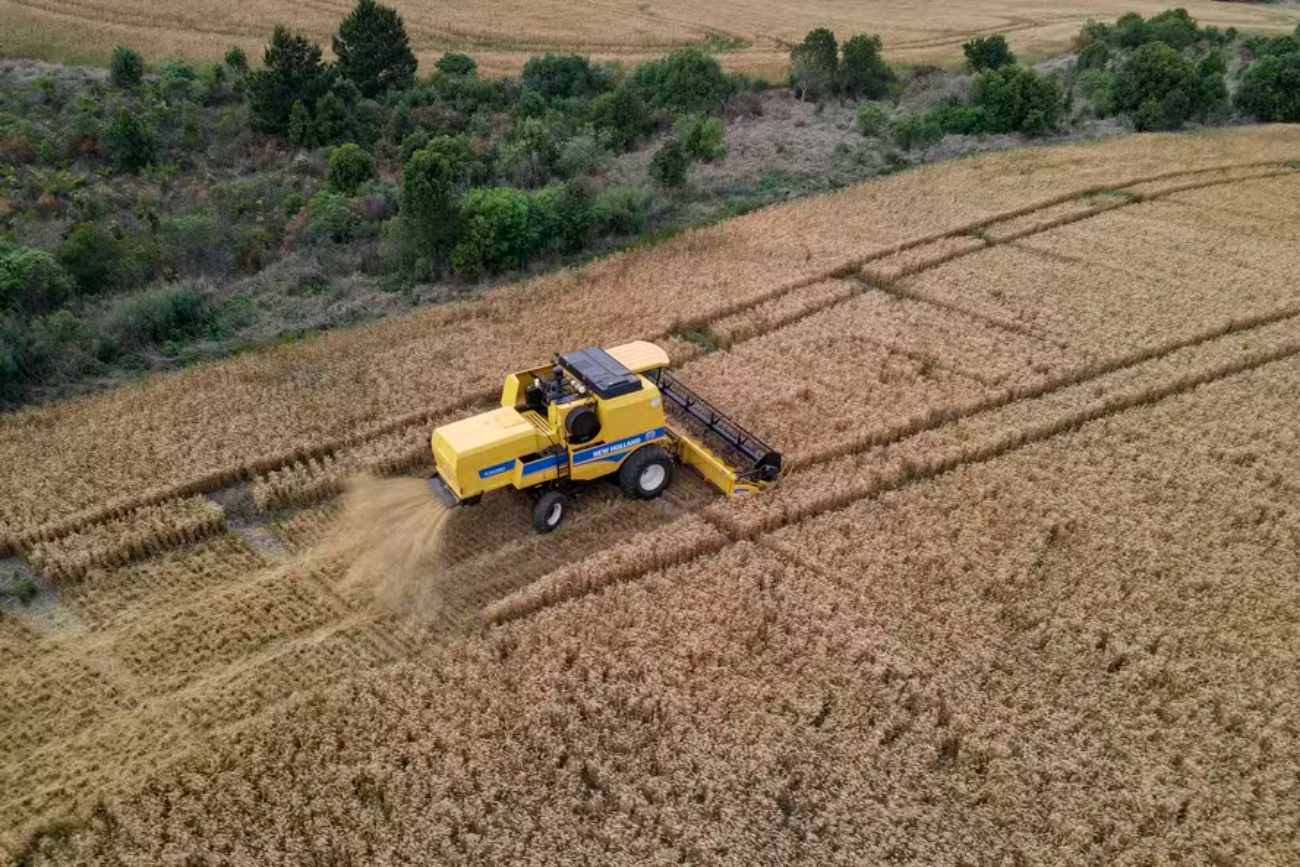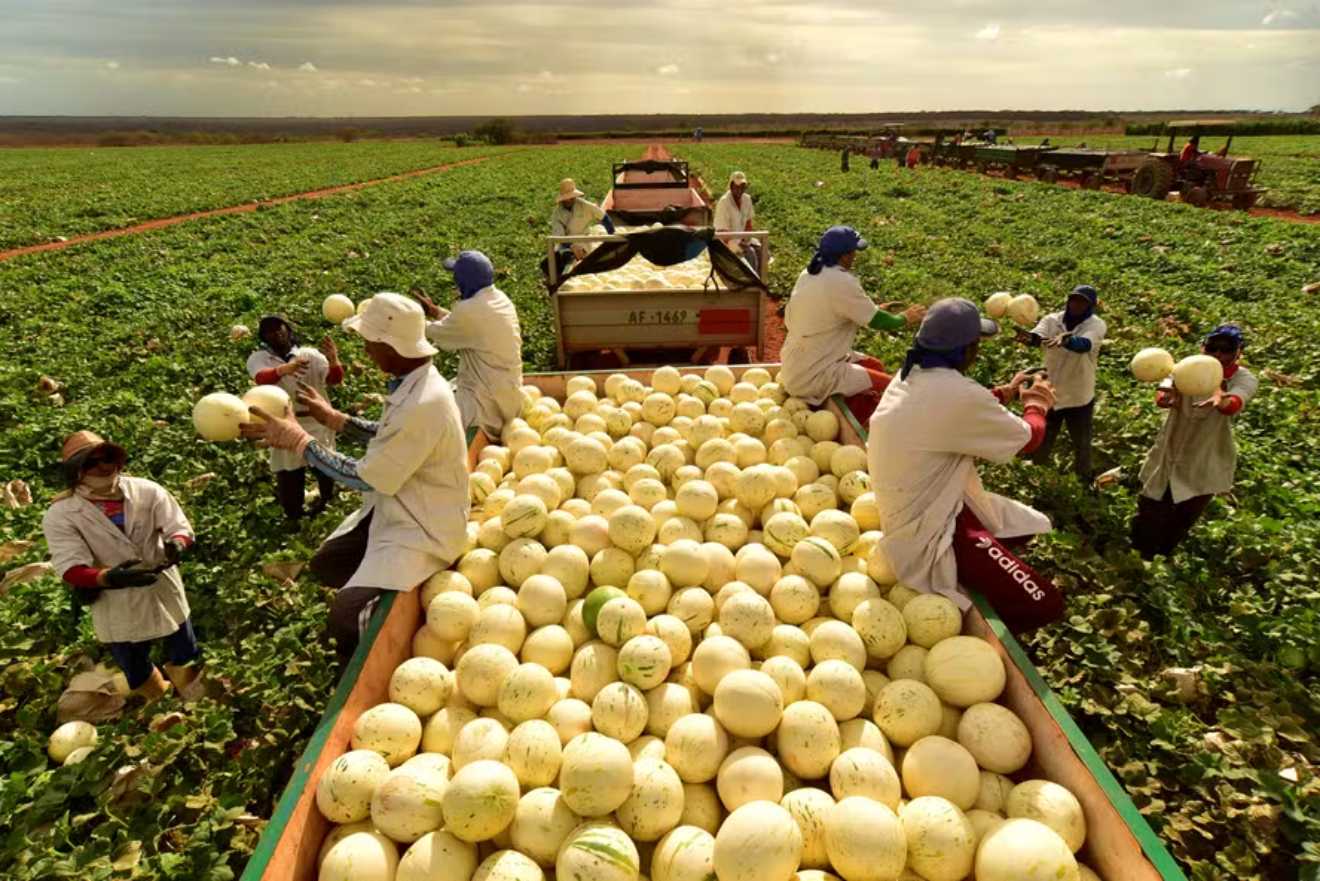According to StoneX consulting, while the wheat crop in Rio Grande do Sul, Brazil’s largest producer, is expected to grow by over 30%, losses in Paraná and São Paulo are expected to offset this growth, leading to a decrease in overall production.
StoneX forecasts a wheat harvest of 7.5 million tons, a 7% decrease from last year. The consultancy has revised its estimate for Paraná’s harvest down to 2.47 million tons, from the previous forecast of 2.76 million tons, reflecting a 10% drop compared to the previous season. In São Paulo, production is expected to fall by 27%, with an estimated yield of 264,000 tons.
On the other hand, the wheat production in Rio Grande do Sul is projected to reach 3.75 million tons, representing a 31% increase. StoneX believes that the high-quality wheat produced in the state will meet the demand from other states, such as Paraná.
“If domestic demand is indeed met by the wheat from Rio Grande do Sul, the need for imports may decrease. Therefore, it will be important to continue monitoring the progress of the harvest, especially because it is currently in a critical phase and has already faced challenges due to excessive rainfall at the start of the harvest,” said StoneX in a statement.
StoneX’s forecast is more conservative than that of the Empresa de Assistência Técnica e Extensão Rural do Rio Grande do Sul (Emater/RS), which projects the state’s harvest at 4.12 million tons. This is an increase of 57.22% compared to last year’s harvest, despite a 12.2% decrease in the planted area to 1.31 million hectares. Productivity is expected to be a key factor, with a 78% increase compared to last year, reaching 3.116 tons per hectare.
Rio Grande do Sul leads Brazil’s wheat production, and currently, producers in the state are in the process of harvesting, with 64% of the area collected so far. However, this is behind the 79% harvested at the same time last year and also lower than the 67% average for the period.
Consumption and Imports
Despite the expected decline in national wheat production, StoneX forecasts that Brazil will import 6.49 million tons of wheat, a 1.5% decrease compared to the previous harvest. Exports are also expected to drop, from 2.5 million tons to 1.5 million tons, a 46.2% decline compared to last year’s exports. This drop can be attributed to several factors.
“Among the reasons are the possible early shipments of soybeans, the suspension of operations at a terminal in the Port of Rio Grande (RS), and the loss of competitiveness in Brazilian wheat prices, which may have deterred potential buyers,” the report explains.
Regarding domestic consumption, the outlook remains stable compared to last month’s projections, at 12.5 million tons. The forecast for wheat stocks has been cut by 2.5%, to 406,600 tons, which is 19.6% higher than at the end of the previous cycle.





